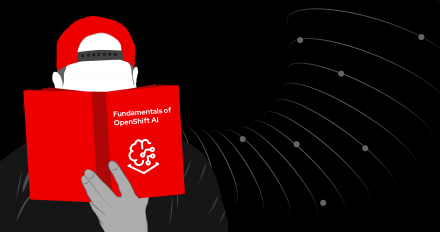
How to train a BERT machine learning model with OpenShift AI
BERT, which stands for Bidirectional Encoder Representations from Transformers

BERT, which stands for Bidirectional Encoder Representations from Transformers

This article explains how to use Red Hat OpenShift AI in the Developer Sandbox for Red Hat OpenShift to create and deploy models.
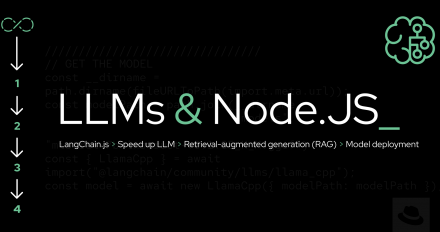
Explore large language models (LLMs) by trying out the Granite model on Podman AI Lab.

This article demonstrates how to register the SKlearn runtime as a Custom ServingRuntime, deploy the iris model on KServe with OpenDataHub, and apply authentication using Authorino to protect the model endpoints.

A practical example to deploy machine learning model using data science...
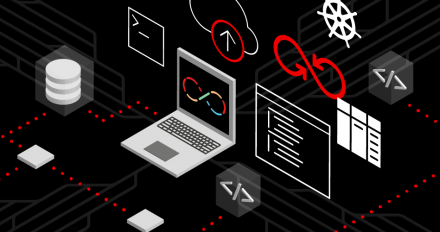
Get access to Red Hat's software downloads for application developers.
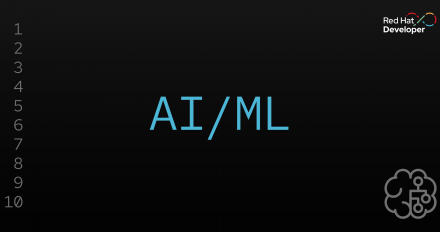
Explore how to use OpenVINO Model Server (OVMS) built on Intel's OpenVINO toolkit to streamline the deployment and management of deep learning models.

Over 80% of enterprises will have used generative AI (gen AI) APIs or deployed generative AI-enabled applications by 2026, according to Gartner. The barriers for joining these enterprises and integrating generative AI into the application development process are lower than ever. No need for extra funding or complex environments, just the know-how this video provides.

Learn a simplified method for installing KServe, a highly scalable and standards-based model inference platform on Kubernetes for scalable AI.
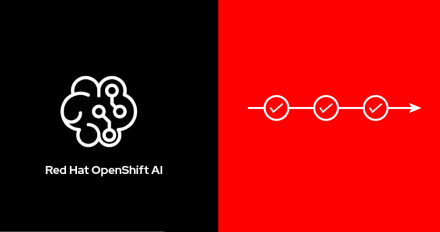
This learning exercise delves into the end-to-end process of building and

This guide will walk you through the process of setting up RStudio Server on Red Hat OpenShift AI and getting started with its extensive features.
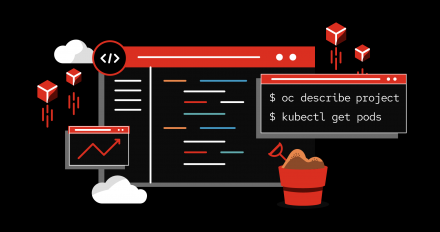
Are you curious about the power of artificial intelligence (AI) but not sure
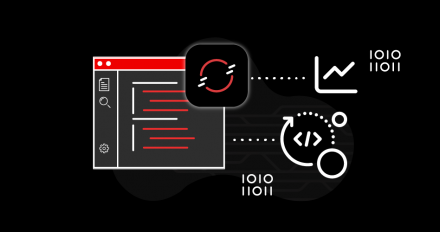
The Edge to Core Pipeline Pattern automates a continuous cycle for releasing and deploying new AI/ML models using Red Hat build of Apache Camel and more.

Explore fundamental concepts of artificial intelligence (AI), including machine learning and deep learning, and learn how to integrate AI into your platforms and applications.
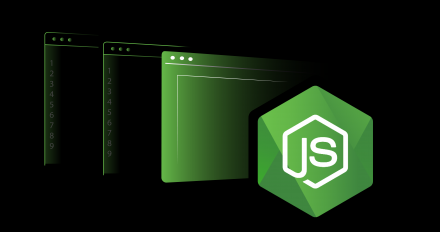
Create intelligent, efficient, and user-friendly experiences by integrating AI
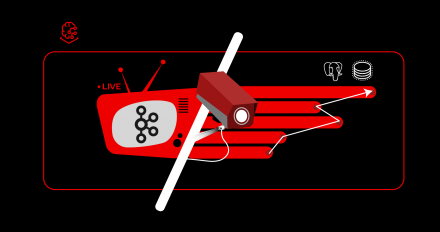
In this learning exercise, we'll explore how to set up a robust system for
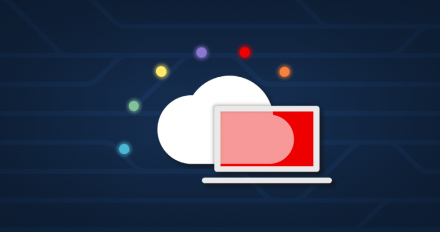
Learn how to deploy a trained AI model onto MicroShift, Red Hat’s lightweight Kubernetes distribution optimized for edge computing.

Explore the complete MLOps pipeline, utilizing OpenShift AI. The MLOps pipeline

Accurately labeled data is crucial for training AI models. Learn how to prepare and label a custom dataset using Label Studio in this tutorial.

Learn how to configure Red Hat OpenShift AI to train a YOLO model using an already provided animal dataset.

A common platform for machine learning and app development on the hybrid cloud.

Applications based on machine learning and deep learning, using structured and unstructured data as the fuel to drive these applications.

Learn how to install the Red Hat OpenShift AI operator and its components in this tutorial, then configure the storage setup and GPU enablement.

Red Hat provides AI/ML across its products and platforms, giving developers a portfolio of enterprise-class AI/ML solutions to deploy AI-enabled applications in any environment, increase efficiency, and accelerate time-to-value.

Learn how to deploy single node OpenShift on a physical bare metal node using the OpenShift Assisted Installer to simpify the OpenShift cluster setup process.